Click here to print: Vector Fleet Parts Management Case Study
Introductions:
Vector Fleet Management (VFM) offers comprehensive fleet maintenance and parts management solutions to organizations seeking to optimize their fleet operations. The case study highlights how VFM assisted a large fleet in effectively managing their parts inventory, ultimately reducing maintenance costs and improving efficiency.
Client Overview:
The client is a city with many vehicles, including emergency and construction equipment. With a vast number of vehicles operating in multiple locations, the client faced challenges in managing their parts inventory effectively, resulting in increased maintenance costs, higher downtime, and suboptimal fleet performance.
Challenges
- INEFFICIENT PARTS INVENTORY MANAGEMENT
The client struggled with tracking, replenishing, and locating parts, often leading to delays in maintenance jobs and increased vehicle downtime.
- HIGH MAINTENANCE COSTS
The lack of proper parts management led to more spending on emergency repairs, rush orders, and higher inventory costs.
- INACCURATE DATA AND REPORTING
The client lacked real-time data regarding parts availability, usage, and cost, making it difficult to track expenses and conduct effective analysis for process improvement.
Solutions Implemented
• Centralized Parts Inventory System: VFM implemented a unified parts inventory system for real-time visibility into availability, usage, and cost across all fleet locations. This centralized approach enabled better tracking, control, and optimization of the parts inventory.
• Automated Parts Replenishment: Using historical data and maintenance schedules, VFM created an automatic parts reordering system. This system replenished parts quickly, reducing the need for emergency repairs and minimizing vehicle downtime.
• Supplier Relationship Management: VFM established strategic partnerships with reliable parts suppliers, negotiating competitive pricing and favorable terms. This reduced parts costs and ensured timely delivery, eliminating the need for rush orders and reducing maintenance expenses.
• Streamlined Work Order Process: VFM implemented a digital work order system that integrated seamlessly with the parts management system. Mechanics could access real-time parts availability and issue parts directly, streamlining workflow and reducing delays.
Results
• Reduced Maintenance Costs: By effectively managing the parts inventory and implementing a proactive approach to maintenance, the client experienced a significant reduction in maintenance costs. Emergency repairs and rush orders were minimized, leading to substantial savings.
• Improved Operational Efficiency: With a centralized parts inventory system and streamlined work order process, the client experienced improved operational efficiency. Mechanics could access real-time parts availability, reducing wait times and enabling faster repair.
• Enhanced Data Analysis: The implementation of VFM’s parts management solutions, the client with accurate, real-time data on parts usage and expenses. This facilitated better analysis of maintenance trends, enabling proactive decision-making for process improvement and cost-saving initiatives.
Conclusion
Through the effective implementation of VFM’s parts management solutions, the client experienced substantial improvements in fleet performance, reduced maintenance costs, and enhanced operational efficiency. Vector Fleet Management’s comprehensive parts inventory approach optimized fleet operations, streamlined processes, and maximized cost savings.

Click here to print: Vector Fleet Parts Management Case Study

